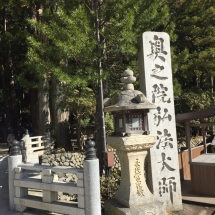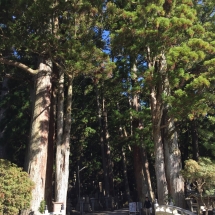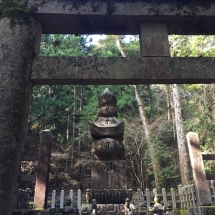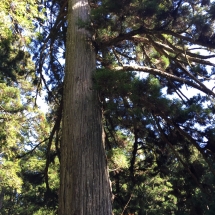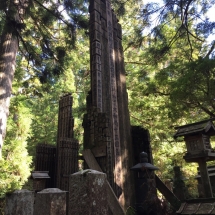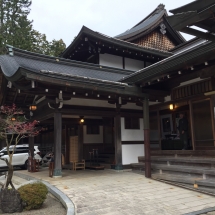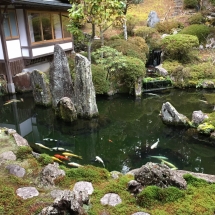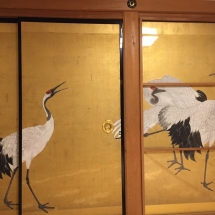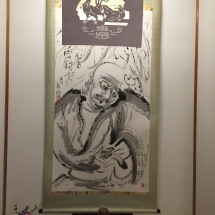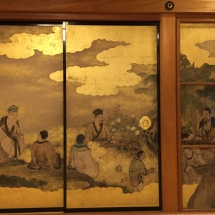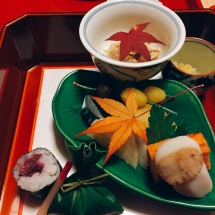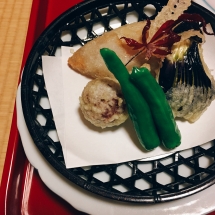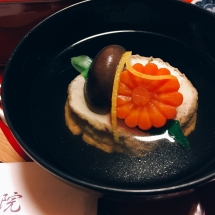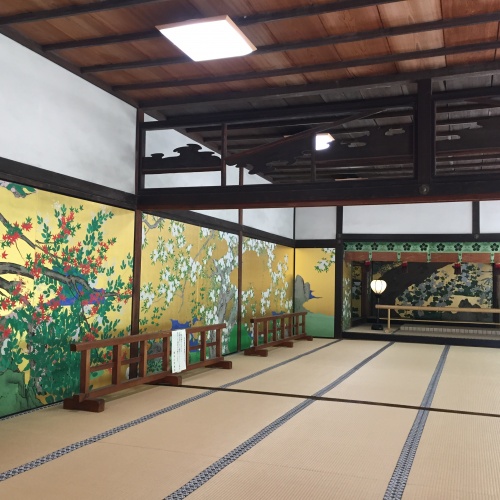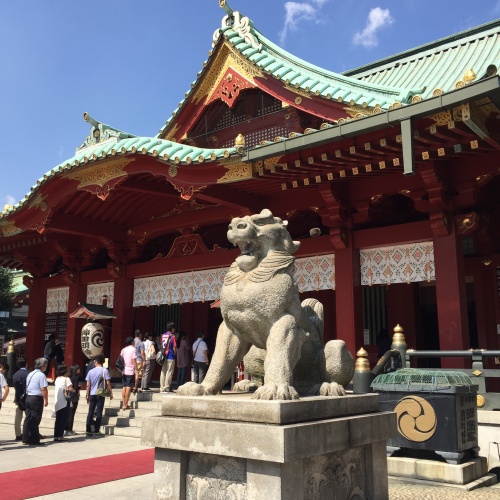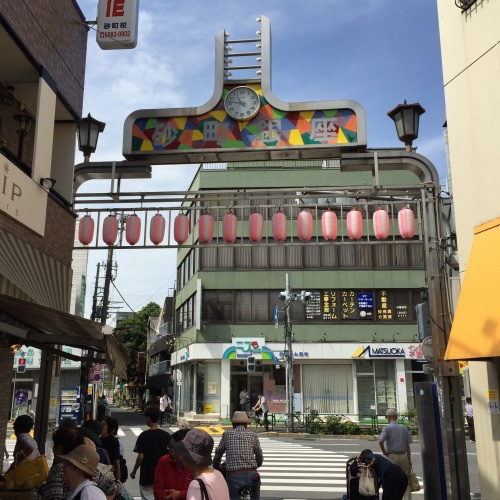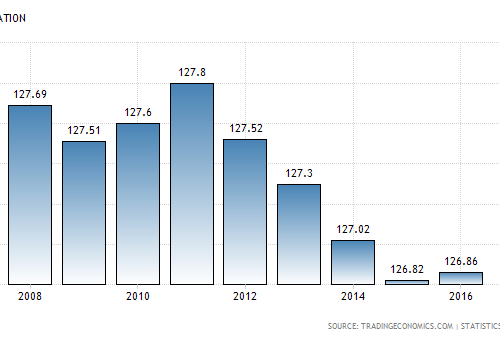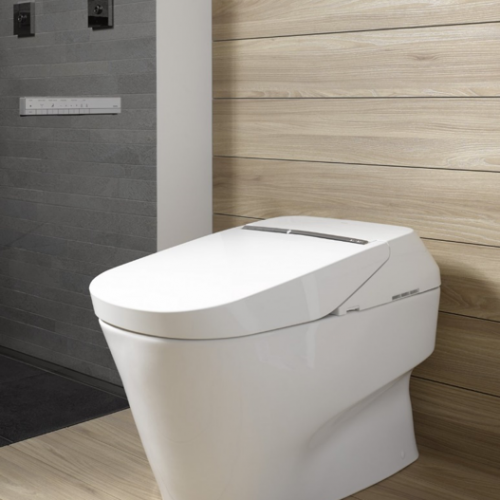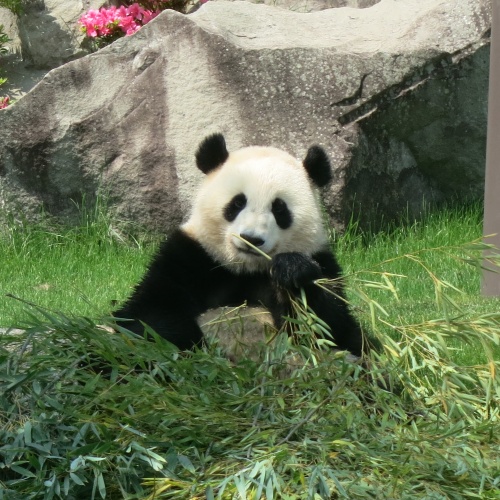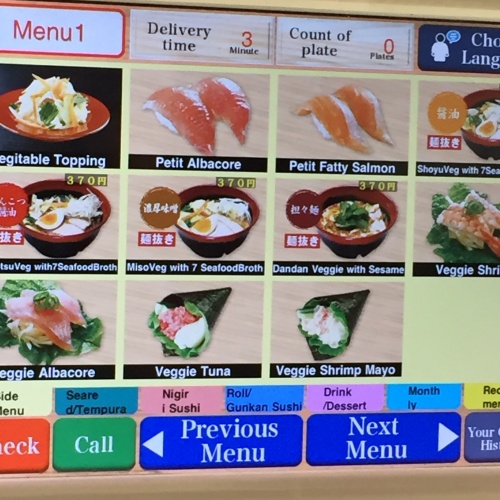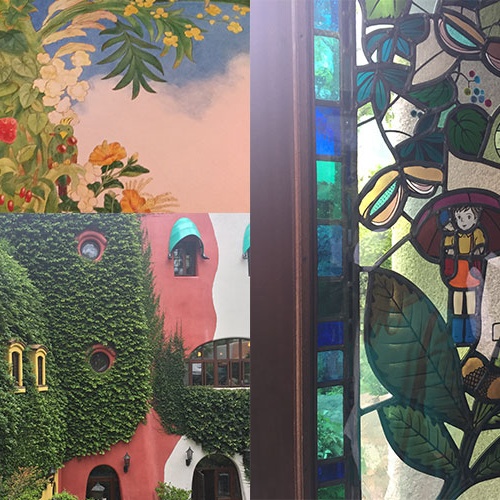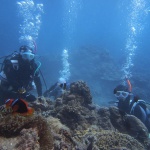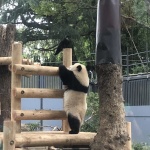Mount Koya (Koyasan) 高野山 in Kii Peninsula紀伊半島
Holy mountain, full of special and sacred places, hidden away deep in the Japanese mountains
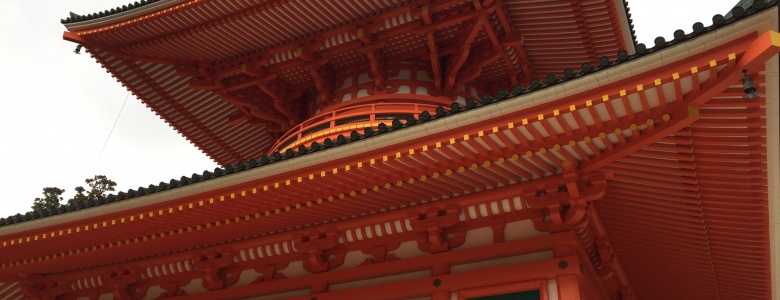
Koyasan has been designated a UNESCO World Heritage Site in 2004, together with other sites on the Kii Peninsula (Sacred Sites and Pilgrimage Routes in the Kii Mountain Range). Kii Peninsula was chosen as a Lonely Planet Best in Travel 2018 Top 10 regions winner, coming in 5th place. http://africa.etbtravelnews.global/332243/kii-peninsula-japan-named-as-a-lonely-planet-best-in-travel-2018/

Map of Mount Koya (Koya-san) in Kii Peninsula
1 History and present day Koyasan
-
1.1 Founder Kukai/Kobo Daishi
-
1.2His teachings
-
1.3 Present day
2 Access to Koyasan
3 Key places to visit
-
3.1 Danjo Garan
-
3.2 Okunoin
4 Accomodation
-
4.1 Shukubo/temple lodging
-
4.2 Special experience
5 Restaurants
1 History to present day Koyasan
1.1 Founder Kukai/Kobo Daishi
A famous and legendary monk, Kukai, or Kobo Daishi (774-835) founded this sacred hermitage high up in the mountains in 832. In 804, he went to China by getting on the first ship designated as the Japan`s official envoy to China. During the Tang dynasty, Changan was a city at the end of the sik road, prospering and considered the center of the world where the East and West met and flourished. Kukai was trained by Priest Keika who was at the top of the Shingon Esoteric Buddhism, then and after a short period, Kukai was chosen as his successor. Back in Japan, the Imprerial Court entrusted him with Toji Temple (Kyoto) as a base to spread his teachings while Mount Koya was given as a place for training.

Entrance to Okuno-in where Kukai is believed to be meditating.
1.2 Teachings of Kobo Daishi/Kukai
Kukai/Kobo Daishi is the founder of the Shingon Buddhist sect, an esoteric teaching that says everyone can achieve enlightenment if they repeat the mantras and meditate. Kukai was also a very talented poet, philosopher and said to have started the use of hiragana, one of the fundamental and unique Japanese characters.
In short, “attainment of Buddhahood with the present body” summarizes his teachings. Vs the other Buddhist teachings then that were mainstream in Japan, where the attainment of Buddhahood took a long time, esoteric Buddhism taught that you can attain it rather quickly.
At the height at Mount Koya, there were 1500 monastries with 90,000monks, around the 15 Century. They were protected and sponsored by the powerful warlords and the courts, from all over Japan. These monks also served as warriors. Mount Hiei was another important rival to Mount Koya. By 17th Century, their power started to fade, as the ruling Tokugawa Shogunate took away their vast estates, in order to put an end to their all too powerful influence.
1.3 Present Day
Present day, Koyasan has 117 temples of which 52 runs as shukubo (temple guesthouse) where worshippers as well as travellers can experience a unique way of life in the actual temples, filled with history. Not to be missed experience!
In Koyasan with 1200 years of history, there are two main sacred sites, Okunoin and Danjo Garan. In the cemetary Okunoin, Kukai is said to be alive, i.e. in a state of meditation, as he awaits the Miroku, Buddha of the Future, to come in 5.67billion years from now. Thus there are lots of people who still want to be buried in this ground, near him.
Kukai chose this place, as just like the 8 lotus petals of the lotus flower on which the Buddha is seated, Koyasan is surrounded by 8 mountains. It was far and remote, so that people can focus on their meditation. There are many stories and tales about how he was guided to this area, which are also interesting to hear.
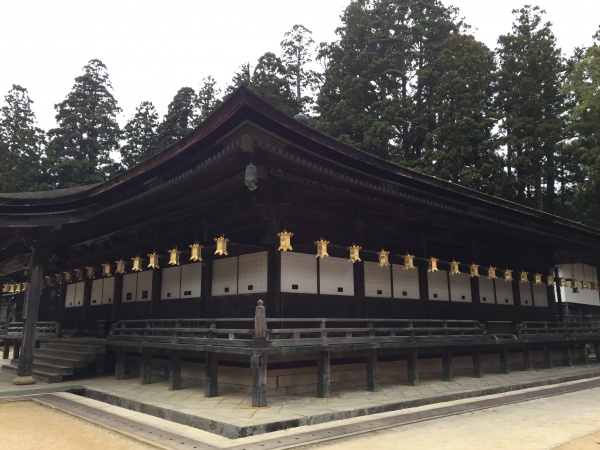
2 Access to Koyasan
It is advisable to get to Osaka first. From Osaka Namba station, you can take the Nankai Koya Line to Gokurakubashi. From there, you can get on the cable car, leading to Koyasan station. There are Nankai buses that cover the Koyasan area well. Refer to the app, NAVITIME, to help you, check the route, time, fare, etc. Here is the article on Navitime.http://hiddenjapanguide.com/archives/1129
It is not easily accessible and is far from the cities, but worth the effort!
Koyasan station and the bus rotary in front.
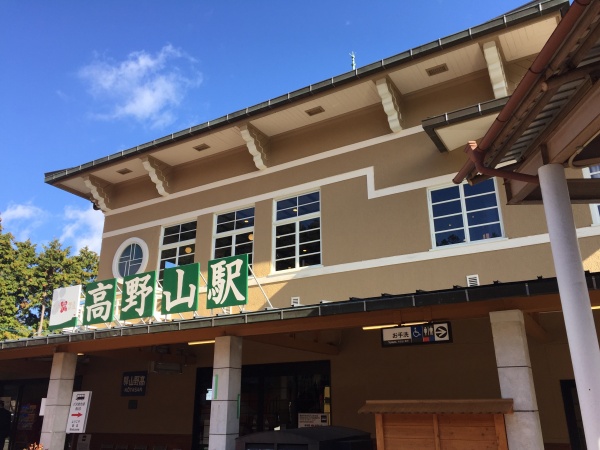
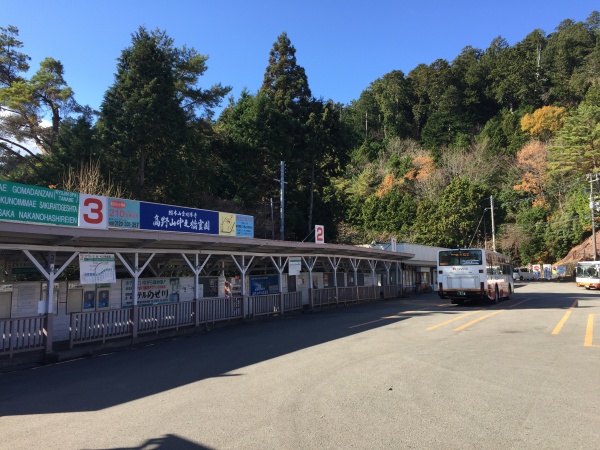
3 Key places to visit at Koyasan
- 3.1 Danjo Garan 壇上伽藍
The first place that was built by Kukai/Kobo Daishi. Japan`s first pagoda, 48.5 meters tall, is the Konpon Daito. You can go inside and admire the Buddha statues and the paintings all around. Y200 fee.
Entrance gate
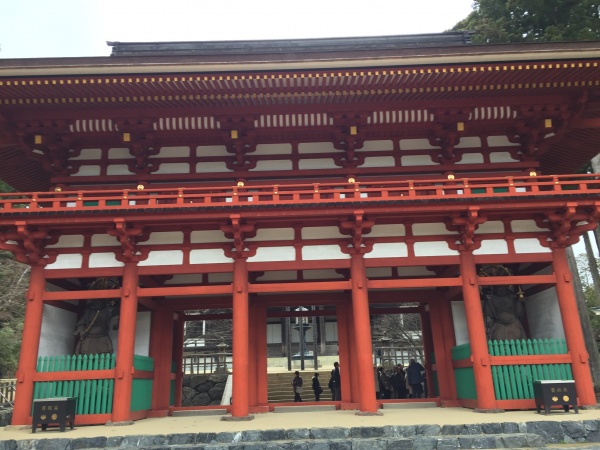
Japan`s first pagoda, Konpon Daito

Kondo is the main pavillion where most of the rituals take place. Burned down many times due to fire, the current one was rebuilt in 1932.

Miedo is not open to the public, except for one day per year, after a particular ritual called Otaiyahoue. Miedo has an impressive roof of cypress bark. It contains the portrait of Kukai/Kobo Daishi.
(In order to protect this most sacred building, from the frequent mountain fires in Mount Koya, there is a hidden fire extinguisher/water sprinkler around the whole building. See if you can find them! Hint: look into the metallic holes on the ground, surrounding the whole building)
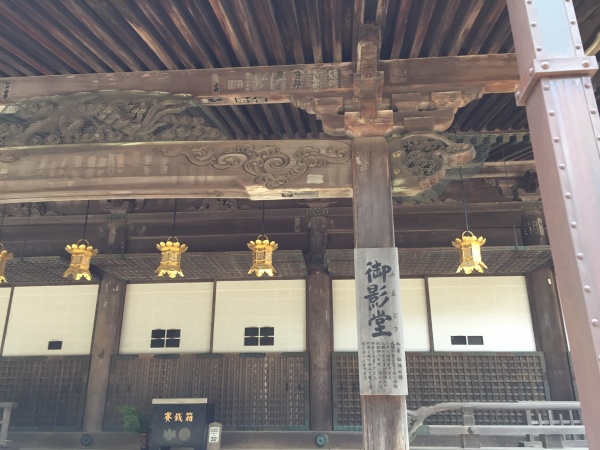

- 3.2 Okuno-in 奥の院
Okuno-in is a huge cemetary, with 200,000 graves of all sorts of people-shoguns, warlords, samurai, priests, artists, and so on. Former enemies lie side by side, here, symbolizing the open and all-forgiving ideal of this place. Lots of people still hope to place and bury their urns here, but as the space is limited, the price is extremely high.
From the first bridge, it is about a 2 kilo meters walk on a path paved with stones, surrounded by cedar trees that are several hundred year old. The atomosphere is very mystical and serene.
Kukai/Kobo Daishi is said to be in a state of meditation in the Gobyo. Monks offer him meals twice a day and offer other necessities.

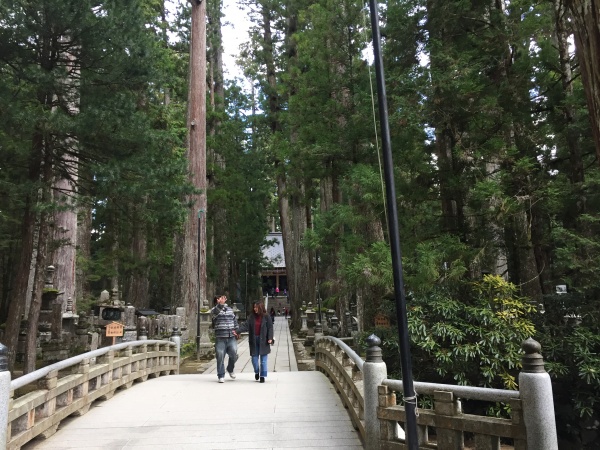
I recommend to hire a professional guide (2-3 hours, Y6000 yen. Prices to vary according to language/group, etc.) or ear phone guide available in different languages(Y500). It will enrich your experience here.
Refer/contact the guide association here: http://eng.shukubo.net/guidance.html
4 Accomodation-don`t miss the Shukubo/temple guesthouse and its experiences
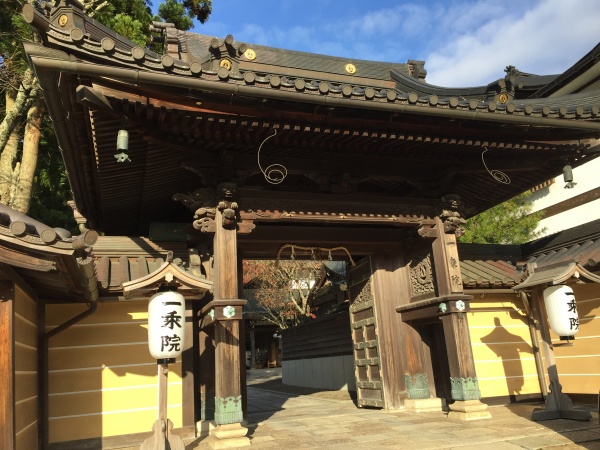
My recommendation is Ichijoin, famous for the quality of the shojin or vegetarian cuisine. https://www.itijyoin.or.jp/#1
A stay at Ichijoin with private toilet with a dinner and breakfast served in your room was a very enjoyable experience. Y20,000/person. They also have a communal bath, very clean and relaxing.
4.1 Temple guesthouses/Shukubo
A stay at one of the guesthouse, operated by the temples with 1200 years of history, will enhance your enjoyment for sure. You can get a glimpse into the lifestyles of priests and ascetic practice.
Pictures from Ichijoin
4.2 Special experience
Goma- Fire ceremony is held early in the morning and guests are invited to attend. At the altar are all sorts of offerings, bells, candles and so on. Priests will sit and perform the ceremony. Monks on the sides will chant the mantras. The atmosphere is very spellbinding and mystical. It is supposed to free us of the humanly passions and desires.
Shojin-ryori-no meat and no fish. The food served at the lodge will not use meat/fish. Depending on the shukubo, the quality and quantity will vary. You can choose the one that matches your needs.
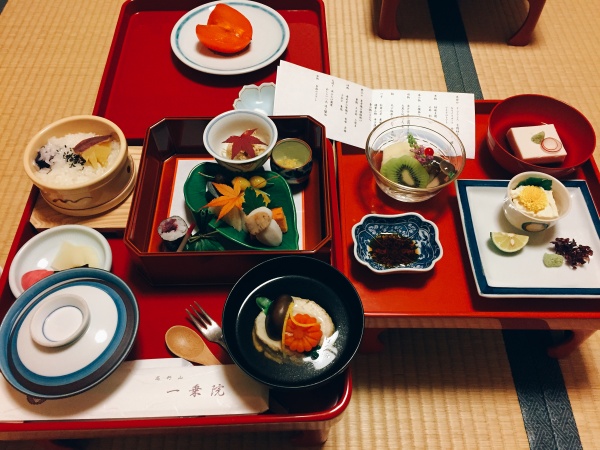
Dinner at Ichijoin, so beautifully presented and the quality is amazing.
Enjoy the garden, art and history- it is a special experience to stay at a temple with so much history. Usually, the monks will be happy to show you around, if you ask. There are English speaking priests as well as foreign priests at some shukubo.
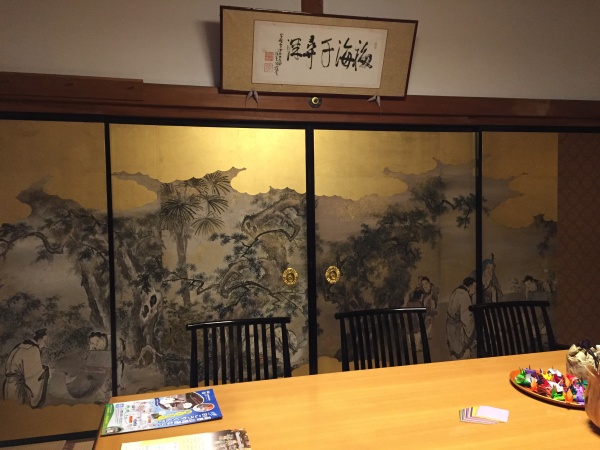
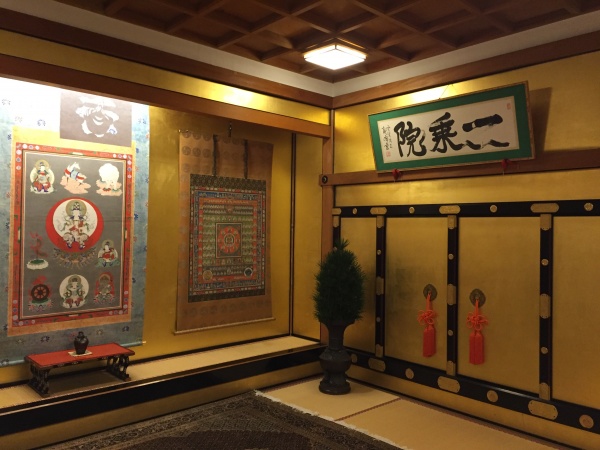
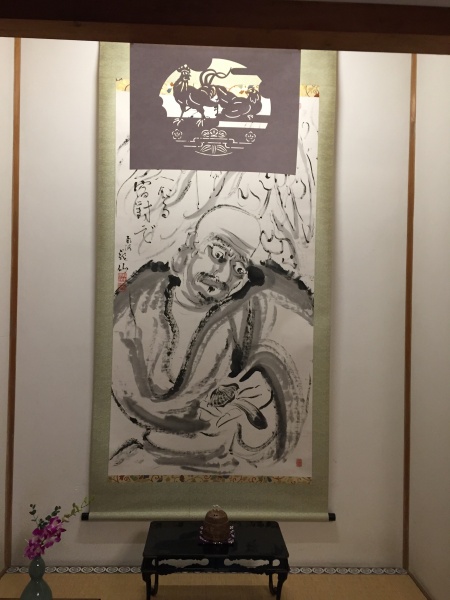
At Ichijoin, you can enjoy the paintings and arts by the Kano sect, one of the most famous artist groups. It is literally a living museum and gallery.
Others- Ajikan is a yoga- like meditation/experience. Shakyo is copying/tracing the mantras. Shabutsu is copying/tracing the picture of a Buddha. Y1000/person/experience. (Even if you do not understand or write Japanese, you can enjoy the Shabutsu drawing as well as the Ajikan/meditation.)
Shakyo
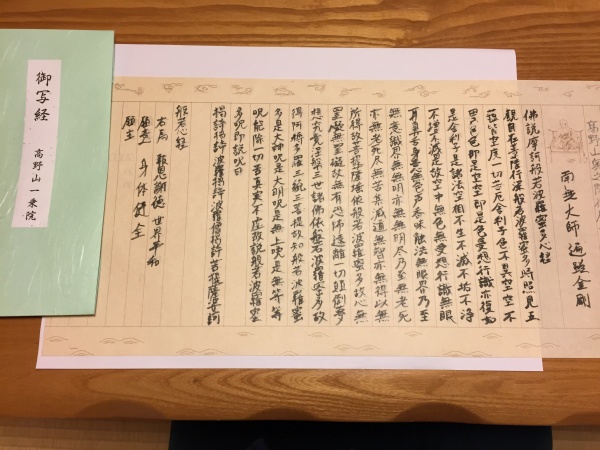
Shabutsu
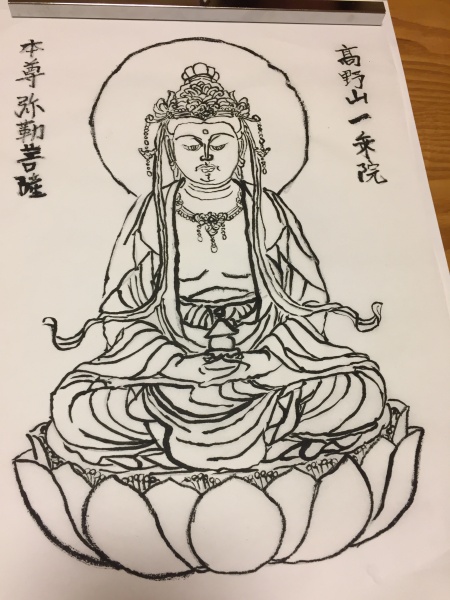
Beautiful tatami room with a lovely TOTO toilet!

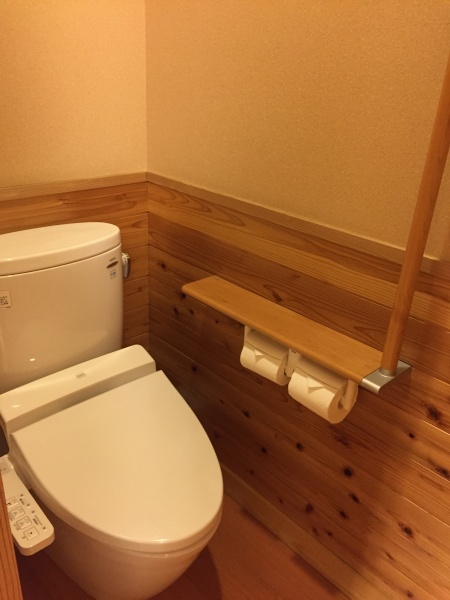
5 Restaurants
There are not a lot of restaurants around this area, but there are a few. Unfortunately, the quality is not that high. If you are staying at a Shukubo/temple, they will serve you dinner and breakfast. So, it is only lunch that you need to eat outside.
You can enjoy vegetarian lunch at Ichijoin, too. Check the TABELOG site below for more.
https://tabelog.com/en/wakayama/A3001/A300103/30003818/
I also enjoyed a nice teatime at Nishiri. Tofu muffin with tea. https://tabelog.com/en/wakayama/A3001/A300103/30005086/

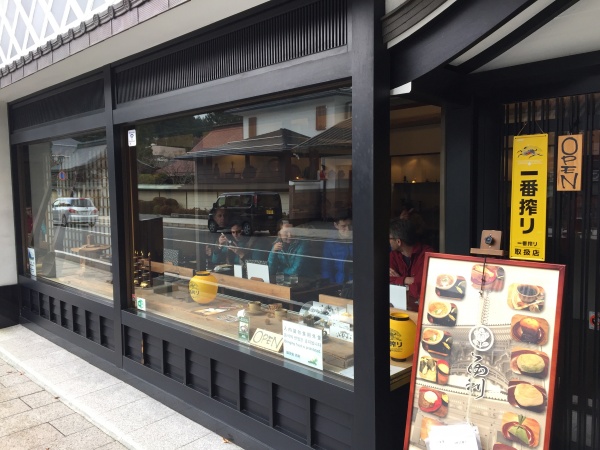
Enjoy Koyasan!
Any questions or comments?
Read More Articles: Column
3 Less Crowded Places in Kyoto
1 Avoid the crowd in Kyoto 2 TOJI-hidden away but you will be overwhelmed! 3 CHISAKUIN- beautiful, […]
Ochanomizu, Tokyo`s Quartier Latin
Visit Tokyo`s `Quartier Latin`, with a lot of universities, unique music and instrument stores. Very few tourists […]
Sunamachi Shopping Street
Come and enjoy the freshly made Japanese street food! Feel the traditional nostalgia of old Tokyo. This […]
The shrinking population of Japan
You may have wondered why there are so many senior citizens in Japan. Why is Japan`s population […]
High Tech Toilets
Have you ever wondered why the toilets in Japan are so different to those that you use […]
Convenience Stores (konbini, コンビニ)
Visit the one closest to your place and if possible, choose 7-11. Enjoy checking out their products, […]
ADVENTURE WORLD in SHIRAHAMA
1 Adventure World in Shirahama- great for family and kids. 2 Basic information on Adventure World in […]
Crafts Made in Japan by Japanese artists
Sure, there are tons of places to shop. But, if you are looking for one-and-only, hand made […]
Best Revolving Sushi Restaurant for FAMILY and KIDS: KURA
There are lots of Sushi restaurant in Japan and you are spoilt for choice. But for […]
JAPANESE ANIMATION- “Your Name” and Ghibli Museum
1 Japanese animation 1.1 “Your Name” by Makoto Shinkai 1.2 Site visits for “Your Name” 2 Ghibli […]
